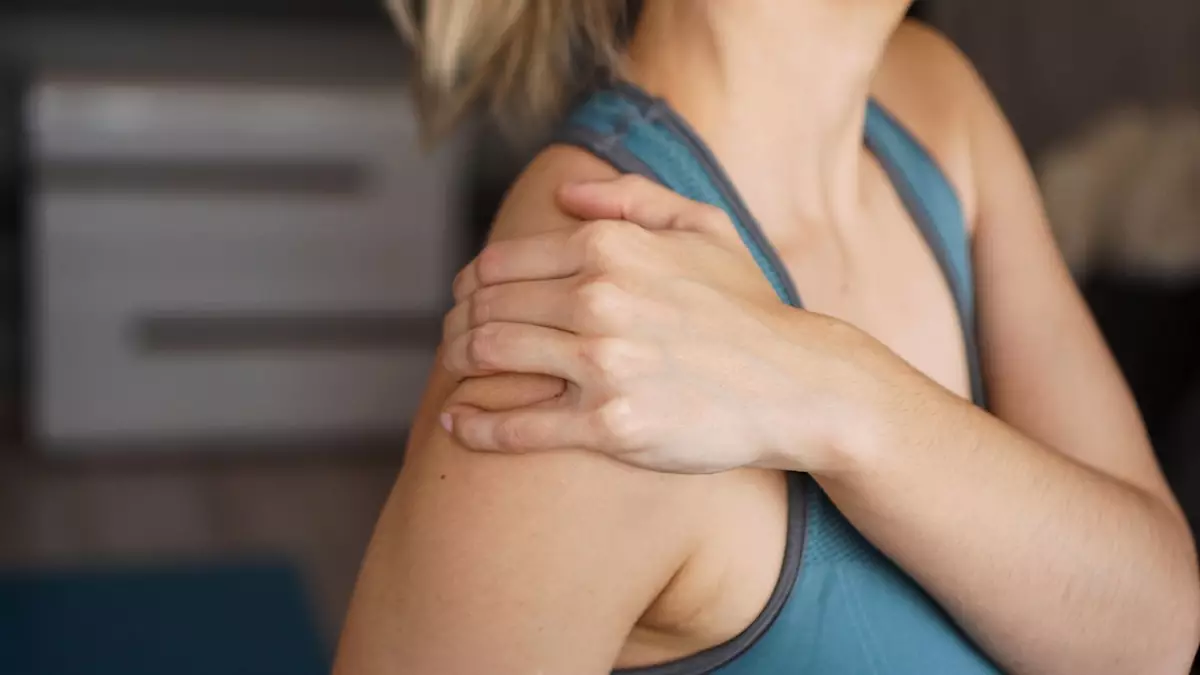As women transition into perimenopause, they often encounter a myriad of physiological changes that can be perplexing and uncomfortable. The experience can be particularly jarring for those of us who have always maintained a healthy lifestyle. Despite efforts to eat well and remain active, many women find themselves burdened with unexpected ailments, such as joint pain and stiffness. These symptoms can lead to feelings of frustration as one grapples with their body seemingly rebelling against years of dedication to health and well-being.
In my case, it was the sudden onslaught of joint pain that prompted a deeper exploration into what was happening in my body. The decline in estrogen levels during perimenopause can adversely affect collagen production, a significant factor in maintaining joint health and flexibility. Understanding this connection was a crucial first step in addressing my discomfort, leading me to seek alternatives beyond conventional medicine.
Rather than relying solely on over-the-counter medications or topical rubs, I sought holistic solutions that would empower my body rather than simply mask the pain. This exploration led me to StretchLab, a studio dedicated to the art and science of assisted stretching. The concept intrigued me, as it promised not just temporary relief but potential long-lasting benefits for my mobility and comfort.
Upon my first visit, I was warmly welcomed into an inviting environment that seemed designed for relaxation. My initial apprehension dissolved as I met Claudia, my lead Flexologist, whose understanding demeanor immediately put me at ease. Claudia introduced me to Proprioceptive Neuromuscular Facilitation (PNF), a sophisticated stretching technique that combines muscle contraction with assisted stretching for enhanced results. The idea that I could “trick” my nervous system into yielding to deeper stretches felt empowering.
Each session was an eye-opening experience. I had not anticipated how much relief could stem from a simple act of stretching, conducted under expert guidance. The stretches were executed with such intentional care that I felt my body unlock in ways I had long forgotten. As I began to surrender to each maneuver, I could sense the tension in my joints dissipating, replaced by a renewed sense of flexibility and freedom of movement.
The adjustments proved to be transformative. By the end of my third visit, I found myself waking up with a noticeable reduction in pain and stiffness, an encouraging shift I had long awaited. I discovered that maintenance was key; incorporating assisted stretching into my routine could significantly improve my quality of life during this transitional phase.
The benefits of regular stretching extend far beyond immediate pain relief. Claudia emphasized the importance of practicing stretching as a means of enhancing overall physical health. Improved joint mobility and flexibility are crucial, particularly as aging tends to contribute to tighter muscles and decreased range of motion. Furthermore, the act of stretching facilitates better blood circulation, enhances posture, and even lowers stress levels—an essential aspect of maintaining a balanced and healthy life.
After each session, I was treated to rituals of self-care that complemented the physical benefits of stretching. Indulging in warm ginger tea and relaxing in compression boots was a luxurious way to nurture my body further. This aftercare routine felt like a reward, making me more aware of the importance of self-care during challenging periods in life.
Through my experience, I realized that the benefits of stretching are cumulative. Consistency became a guiding principle for my journey towards improved well-being. Claudia advised that stretching should become a staple of my self-care routine, ideally practiced daily or at least two to three times a week. With assisted stretching, I learned that each session builds upon the last, leading to long-term improvements in flexibility, mobility, and pain management.
Reflecting on my past experiences with other therapies, I recognized the unique role of stretching in my overall wellness plan. While massage and chiropractic care provided valuable benefits, assisted stretching addressed the root of my discomfort by actively improving muscle length and joint function. Understanding this distinction empowered me to make informed choices about my health.
Navigating perimenopause requires resilience and adaptability. Though it presented challenges, my experience with assisted stretching offered the silver lining of empowerment and hope. I learned to reconnect with my body, acknowledge its needs, and actively participate in my healing process. If you find yourself facing similar struggles during this transitional phase, embracing assisted stretching could be your path to renewed strength and vitality.
Ultimately, perimenopause may signal change, but through strategic self-care practices like stretching, I have discovered that it need not define limitations. Instead, with each stretch, I feel more in tune with my body’s capabilities, allowing me to reclaim my movement, confidence, and joy in life. Keep in mind: embracing change is empowering, and there is always room for growth, no matter your stage in life.

